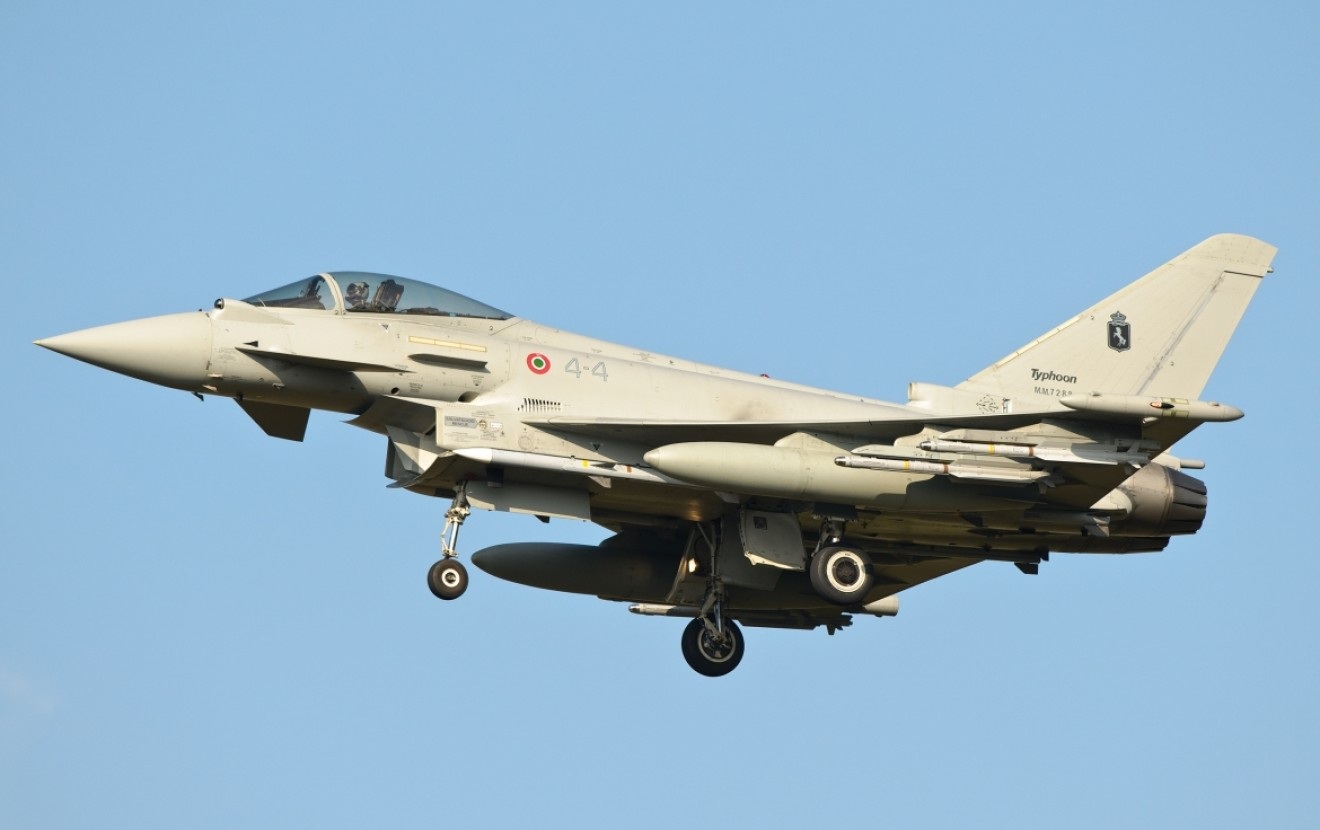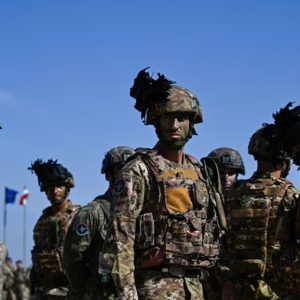Rome, 16 September 2025 — Italy is preparing to contribute to Eastern Sentry, the new NATO initiative launched in the wake of Russian drone incursions into Polish airspace. According to Italian government sources, Rome will deploy two Eurofighter jets under the operation, confirming earlier reports by Corriere.it.
Defence Minister Guido Crosetto was blunt about the country’s situation, saying that Italy is presently not ready “for either a Russian attack or an attack by another nation.” He stressed that decades of underinvestment in defence cannot be made up overnight.
What Is Eastern Sentry?
The operation was officially launched by NATO on 12 September 2025, following Poland’s decision to invoke Article 4 of the NATO Treaty after multiple Russian drones entered its airspace. The mission’s core aim is to strengthen NATO’s posture along its eastern flank, stretching from the Baltic states in the north down to Romania and Bulgaria. This involves bolstering air and ground defences, deploying more flexible assets, introducing counter-drone measures, and raising surveillance readiness.
Several member states have already pledged support. Denmark is sending two F-16 fighters and an anti-air warfare frigate, while France is contributing three Rafale jets. Germany has committed four Eurofighter aircraft, and other allies have indicated that further contributions are in preparation. NATO has emphasised that Eastern Sentry will be flexible rather than static, allowing forces, air defence systems, and resources to be shifted quickly in response to emerging threats.
The mission will not rely solely on combat aircraft. It also involves investment in counter-drone and surveillance technologies, alongside the integration of air and missile defence systems to improve coordination across allied forces.
Italy’s Role and Challenges
Italy will send two Eurofighter jets as part of the initial phase of the mission. Defence Minister Crosetto underlined that for many years the country has lagged in defence investment, and that rapid recovery or “catch-up” is difficult. “You can’t make up for 20 years in one year or two years,” he said.
By joining the operation, Italy reinforces NATO’s collective defence posture while also exposing the limitations of its current readiness. Crosetto’s comments highlight the wider pressure on European allies to raise defence spending and address gaps in capabilities, ranging from air defence to logistics.
Broader Strategic Implications
Eastern Sentry is intended as a clear signal that NATO will respond if its airspace is violated. The alliance has made it clear that even drone incursions are considered serious threats. The initiative also underscores the principle of collective security, as each ally shares the burden of protecting the eastern flank.
A further dimension is the focus on technology. Enhanced detection, counter-drone systems, rapid response protocols, and air defence integration are all being elevated as priorities. At the same time, questions remain over readiness. Italy’s admission that it is underprepared reflects concerns across the alliance about gaps in preparedness and force projection, concerns that Eastern Sentry is designed to address.





